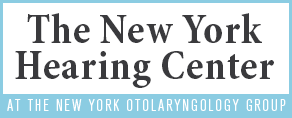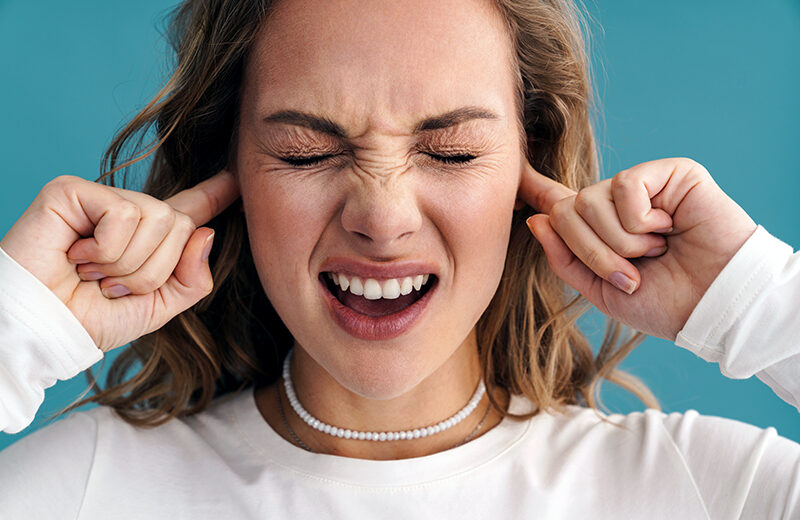Have you ever encountered the uncomfortable sensation of pressure or fullness in your ears, often accompanied by reduced hearing clarity? This experience is typically related to changes in air pressure, which can occur during activities such as flying, scuba diving, or navigating mountainous regions. While this often occurs throughout our lives, knowing how to pop your ears is crucial. This article aims to outline safe and effective techniques for relieving ear pressure and examine how variations in ear pressure can affect tinnitus.
When And How To Pop Your Ears
Pressure Imbalances
The Eustachian tube is a thin opening connecting the middle ear to the nasopharynx, vital in regulating air pressure within the ear. When the Eustachian tube fails to open correctly or becomes obstructed, a condition known as Eustachian tube dysfunction may arise. Many individuals report experiencing a clicking or popping sensation in their ears during swallowing, a phenomenon associated with this dysfunction. This happens due to the movement of air into the ear, as the lining of the ear continuously absorbs this air to help equalize pressure on both sides of the eardrum. However, if the Eustachian tube becomes obstructed or there is a discrepancy between external and internal pressure, it can lead to a feeling of fullness in the ears.
How to Pop Your Ears Safely
Swallowing
Swallowing can facilitate the opening of the Eustachian tube, which aids in equalizing pressure in the ears. Chewing gum or drinking water is recommended to alleviate ear pressure.
Yawning
Yawning serves a physiological function by assisting in the regulation of air pressure within the ears. This process occurs by stretching the tissue associated with the opening of the Eustachian tube.
Frenzel Maneuver
To execute this maneuver, gently pinch the nostrils closed and produce a clicking sound using the tongue, similar to a “K” sound.
Toynbee Maneuver
This maneuver involves pinching your nostrils closed and swallowing at the same time.
Valsalva Maneuver
With this maneuver, gently pinch your nostrils closed and exhale softly through your nose to equalize pressure in the ears. This technique can assist in opening the Eustachian tube, thereby relieving any pressure buildup.
When to Seek Out Medical Help
While popping your ears is typically considered safe and effective, persistent issues with ear pressure or difficulties in achieving this relief may signal an underlying condition that warrants medical evaluation. If standard techniques for alleviating ear pressure are ineffective, seeking guidance from a healthcare professional is prudent. Individuals experiencing severe or ongoing pain or discomfort in the ear should prioritize contacting a medical expert.
A healthcare provider may suggest therapeutic interventions such as decongestants or steroids to help alleviate ear congestion or antibiotics in the case of an ear infection. In rare instances, medical intervention may enable fluid drainage and equalize ear pressure. Should severe pain, hearing loss, recurrent ear infections, or persistent ear pressure occur despite home remedies, contacting your local ear, nose, and throat specialist is advisable for a comprehensive evaluation and suitable treatment options.





